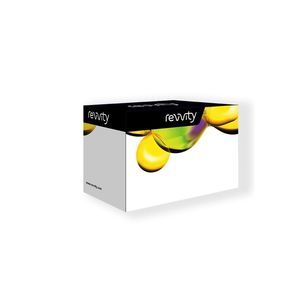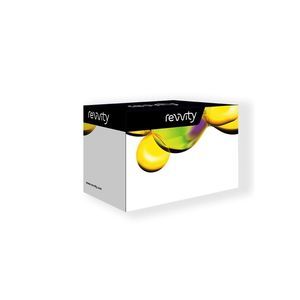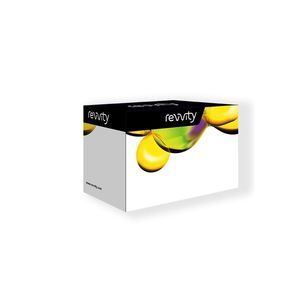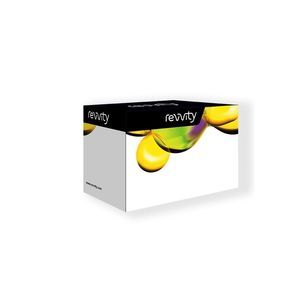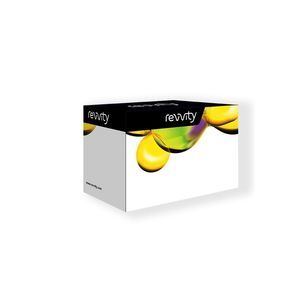
Infectious disease detection kit HTRFSARS-COV-2coronavirusserum
Add to favorites
Compare this product
Characteristics
- Applications
- for infectious diseases
- Micro-organism
- SARS-COV-2, coronavirus
- Sample type
- serum, cell
- Analysis mode
- immunoassay
- Sample volume
0.016 ml
(0.00054 US fl oz)
Description
This HTRF kit is designed to detect SARS-CoV-2 nucleocapsid proteins in cell lysates or cell supernatant, as a marker of viral infection.
OverView
The SARS-CoV-2 N protein is the basal monomeric constituent of the coronavirus oligomeric nucleocapsid. This protein is major immunogen predominantly expressed at early stages of viral infection and present from day one in infected patients' serum. As such, SARS-CoV-2 N protein is a reliable marker for viral infection and a possible immunogen candidate for the development of a vaccine.
Other Specifications
Unit Size 500 Assay Points
How it works
SARS-CoV-2 particles are detected in cell lysates using a sandwich immunoassay involving an anti-nucleocapsid monoclonal antibody, labelled with terbium-Cryptate or d2, ensuring assay quality, reproducibility, and signal quality. The specific HTRF signal generated is proportional to the amount of nucleocapsid proteins.
The assay protocol, using a 384-well small volume plate or a low volume 96 well plate (20 µL final), is described on the right. 16 µL of cell lysates or control are dispensed directly into the detection plate for detection by HTRF reagents. The antibodies labelled with HTRF donor and acceptor can be pre-mixed and added in a single dispensing step to further streamline the assay procedure (4 µL), or separately (2 µL).
Detection of recombinant SARS-CoV-2 nucleocapsid
16 µL of recombinant protein in lysis buffer #5 were dispensed into a low volume white microplate before the addition of 4 µL of the premixed HTRF anti SARS-CoV2 capsid detection reagents. The HTRF signal was recorded after 2h incubation at RT.
Standard curve Capsid kit
Final assay volume - 20 µL
Catalogs
Related Searches
- Assay kit
- Solution reagent kit
- Blood assay kit
- Molecular biology reagent kit
- Serum assay kit
- Immunoassay assay kit
- Plasma assay kit
- Research reagent kit
- Infectious disease detection kit
- Diagnostic reagent kit
- Laboratory reagent kit
- Molecular test kit
- Optical assay kit
- Clinical assay kit
- Buffer solution reagent kit
- Fluorescence assay kit
- Tablet PC software
- ELISA assay kit
- Quality control reagent kit
- Research assay kit
*Prices are pre-tax. They exclude delivery charges and customs duties and do not include additional charges for installation or activation options. Prices are indicative only and may vary by country, with changes to the cost of raw materials and exchange rates.






